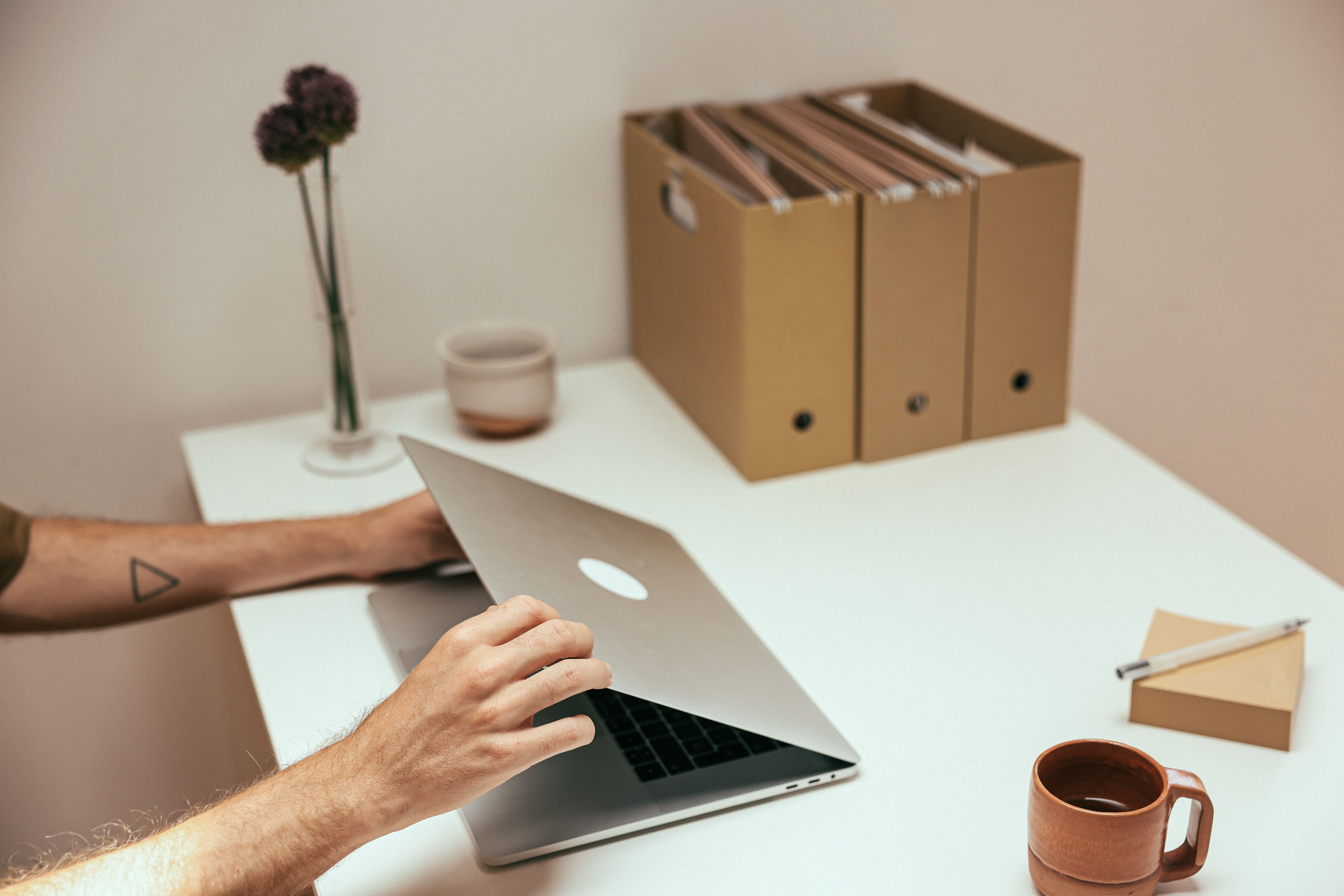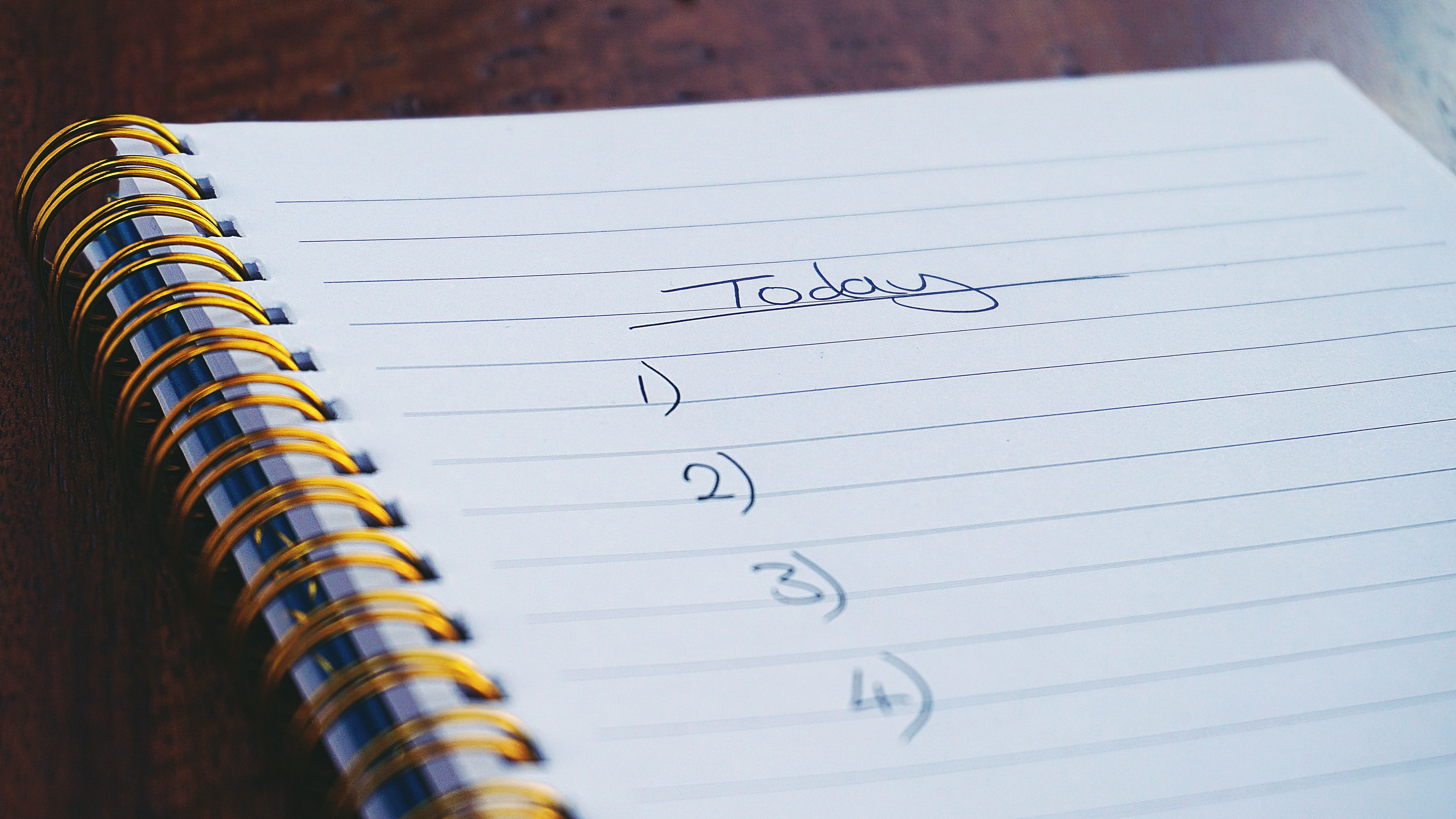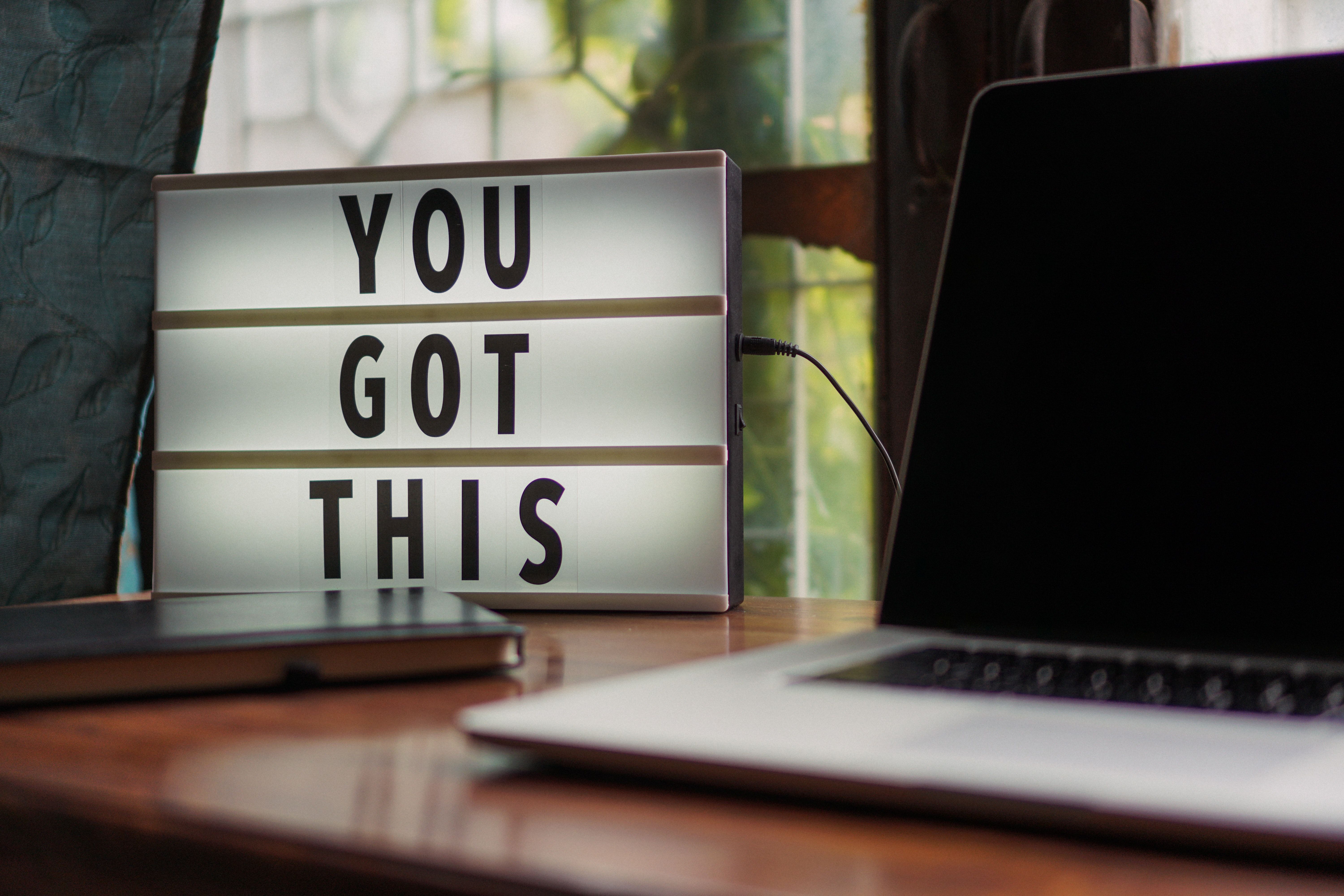As remote work continues to grow in popularity, more and more people are enjoying the flexibility and freedom that comes with working from home. However, while remote work can provide many benefits, it can also be challenging to stay happy and healthy without the structure of a traditional office.
In this article, we'll explore eight habits that happy, healthy remote workers have in common.
1. Establish a Consistent Work Routine
Establishing a consistent work routine is crucial for a happy and healthy remote work experience. It's essential to set regular work hours, create a dedicated workspace, and prioritize tasks to make the most out of your workday. By doing so, you can maintain a clear separation between work and personal life, boost productivity, and avoid burnout.
Remember to take breaks throughout the day, including time to step away from screens, exercise, and pursue personal activities. Schedule time for meals and other personal activities. By establishing a consistent work routine and making the most out of your workday, you can enjoy the benefits of remote work and achieve a healthier and more productive work-life balance.
2. Log In and Log Off On Time
Maintaining a consistent work routine is vital to a healthy work-life balance when working remotely. It's easy to lose track of time and get caught up in work-related tasks, leading to burnout and a blurred line between personal and professional life.
One of the most critical components of a consistent work routine is logging off at the same time every day. When you have set work hours, it's essential to honor them and resist the urge to keep working beyond your scheduled time.
Remember to communicate your schedule with your colleagues and managers, and make it clear that you are unavailable outside your designated work hours.
Some practical, actionable steps to achieve this include:
- Set your working hours in Google Calendar or Outlook
- Set recurring LOG IN and LOG OFF alarms on your phone
- Schedule Focus Mode to silence iOS email notifications after hours
- Add your schedule to your work email signature and instant messaging apps
- Set up auto-replies to emails sent after hours or on the weekend
By logging off at the same time every day, you can create a clear separation between your work and personal life.
3. Use an Ergonomic Office Setup
Working from home means you're responsible for creating your own workspace. It's important to create an ergonomic office setup that promotes good posture and reduces the risk of injury.
Work from home while supporting your back with an ergonomic office chair, and invest in a desk that can be adjusted to fit your height and work style. You should also position your computer screen at eye level to reduce strain on your neck and shoulders, and make sure your screen is 20 to 40 inches away from your face. Finally, consider an ergonomic keyboard to boost your health and productivity.
4. Get a Daily Dose of Vitamin D
Spending all day indoors can take a toll on your mental and physical health. Make it a point to get outside and get a daily dose of vitamin D.
Adopting this habit can be as simple as setting a daily alarm to walk around your neighborhood or sitting outside for a few minutes during your lunch break. UCLA Health doctors state that exposure to natural sunlight leads to better sleep, improved mood, and reduced reliance on anti-depressants.
Depending on where you live, you might not get vitamin D from the sun during the winter—even if it's out. However, stepping outside is still a good idea for getting fresh air. You might want to consider using fish oil and other supplements to reach an ideal intake.
5. Take Walking and/or Stretching Breaks
Sitting for long periods of time can lead to a variety of health problems, including back pain, neck pain, and poor circulation. Make it a point to take walking and/or stretching breaks throughout the day.
Routine movement will help you stay energized and focused throughout the day, and you can knock out two habits with one course of action: set reminders to walk outside every few hours and get a healthy of dose body movement.
6. Use a To-Do List System for Personal vs. Professional Tasks
Maintaining productivity and focus when working from home can be challenging, especially when personal and professional tasks blur together. A to-do list system can be incredibly helpful in keeping you organized and on task.
If you happen to work as a developer, product manager, or other professional who uses project management boards, such as Jira or Asana, your work to-do list is probably covered. You might want to create a personal to-do list following a similar structure. For example, you can create your own personal task board for free using Trello.
If you don’t already have a task management system in place at work, you’ll just need to create a system that can be labeled and organized to distinguish between personal and professional tasks. Todoist is a great mobile app for managing personal to-do lists, and you can even structure your lists to appear as boards if you’re more comfortable with that layout.
To create a to-do list system, start by listing out all your tasks for the day and prioritizing them based on their level of importance and urgency. Break down larger tasks into smaller, more manageable ones. This approach helps prevent feeling overwhelmed and provides a sense of accomplishment as you cross off completed tasks.
7. Communicate Expectations with Supervisors and Direct Reports
Communication is crucial when working remotely. Be proactive in communicating expectations with your supervisors and direct reports. Set clear goals and deadlines, and provide regular updates on your progress. Discuss preferred communication methods and frequency with your colleagues, and establish boundaries and guidelines for communication outside of work hours to provide a better work-life balance.
Remember, communication is a two-way street. It's also essential to listen to your supervisor's expectations and ask for feedback on your work. By having open and honest communication, you can build trust and maintain a positive working relationship with your colleagues. Effective communication can lead to increased productivity, improved job satisfaction, and better outcomes for both you and your organization.
8. Set Out-of-Office Replies and Fully Unplug During Time Off
Taking breaks and disconnecting from work is crucial for maintaining a healthy work-life balance when working remotely. Setting out-of-office replies when taking time off is an effective way to communicate that you are unavailable for work-related tasks during that time. You might even consider removing email or project management apps from your phone when you’re out of the office for a week or longer.
Remember, taking time off is essential for your mental and physical health. By fully unplugging and setting out-of-office replies when taking time off, you can create a clear separation between your work life and personal life. This will allow you to recharge and come back to work refreshed and ready to tackle your tasks. With a healthy work-life balance, you can achieve greater job satisfaction and maintain a higher level of productivity.
Enjoy Remote Work/Life Balance
Remote work provides flexibility and freedom, but it also comes with unique challenges such as maintaining a healthy work-life balance and effective communication with colleagues. However, by implementing the eight habits outlined in this article, you can overcome these challenges and thrive in your remote work environment.





